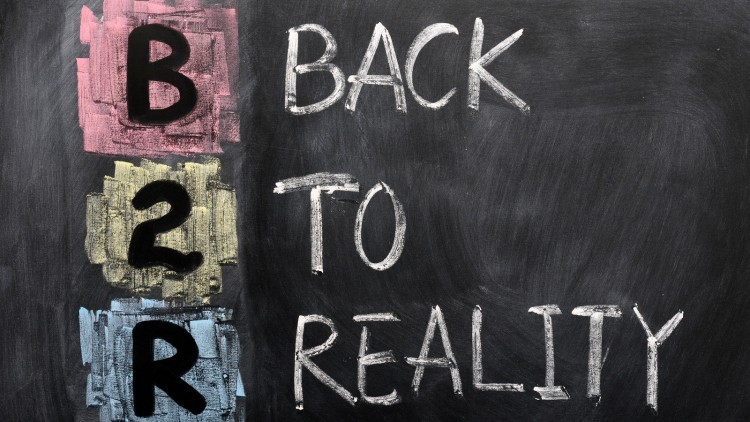You Can’t Take Social Media “Likes” To The Bank
Social media has certainly gained the attention of marketers and businesses. Almost every company is active on Google+, Facebook, YouTube, Twitter, LinkedIn and many are expanding to Pinterest, Instagram and even Snapchat.
The social media companies have done an excellent job convincing business owners that social media increases exposure and that accumulating “Likes”, “Followers” and “Connections” should be a critical part of their marketing plan. A quick look at statistics indicates that businesses have fully bought in and as of 2015;
- 28% of marketers have redirected advertising budget funds to digital marketing.
- Social network ad spending in 2015 was $25.1 billion and will reach nearly $36 billion in 2017.
- Marketers spent $4.4 billion on mobile advertising in the U.S. in 2012 and is expected to reach $31.1 billion by 2017
- According to Gartner Inc. U.S. marketers will spend an average of 2.5% of their total company revenue on digital marketing activities.
2.5% may not seem significant but when you consider that the average net profit margin for a small business is 7.98%, it could be very significant. Business experts suggest a total marketing budget between 5% and 10% of total revenue for small businesses which means that digital marketing represents 25% – 50% of the total marketing expense for most small businesses. That leaves 25% – 50% of the total marketing budget for other marketing initiatives such as trade shows, print ads, meet and greets, direct mail initiatives, radio and television ads.
This isn’t just about the money small businesses spend, statistics further show that;
- 68% of small business owners and executives spend 6 – 10 hours per week on social media.
- 55% have blogs that take 1-3 hours to create
- 66% spend more time on social media compared to a year ago
- Most post on Facebook and Twitter several times per week.
One would expect that with all this time and money spent on social media that small businesses must be seeing a big Return on Investment (ROI) from social media but in 2015 nearly 60% reported no ROI for their social media marketing efforts. Social media companies will argue it’s not about ROI, it’s about “exposure”. Exposure is great, small businesses want exposure to let their consumers know they exist and what products and services they offer. Social media also allows small businesses to communicate with their existing customers (which may one day turn out to be the true value of social media for business). The primary reason small businesses want exposure is because they want to increase revenue, so how does exposure translate to revenue?
The unfortunate answer for most small businesses is it usually doesn’t. Want proof, head to the bank for a loan and explain to the loan officer that while your business isn’t as profitable as you’d like, you expect it to increase significantly because you have 5,000 Facebook likes, 2,000 Twitter followers and 500 LinkedIn connections. Chances are you’re not getting the loan based solely on your “exposure”. You might have a slightly better chance of getting that loan if you could provide proof of how many of those “Likes”, “Followers” and “Connections” converted to actual sales but most small businesses don’t know how to or have the bandwidth to track this information.
I’m not suggesting or even hinting that social media marketing is a waste of money and time. I believe all marketing initiatives should drive real results. It’s important, if you’re not already doing so, that you track the results from your social media marketing efforts, not just likes, followers and connections. Your social media marketing efforts need to be measurable, not just in terms of new customers but also repeat sales, purchase size and customer retention. In future editions of B2R we’ll get into more detail about social media marketing and cover some methods we use to measure social media campaigns.

